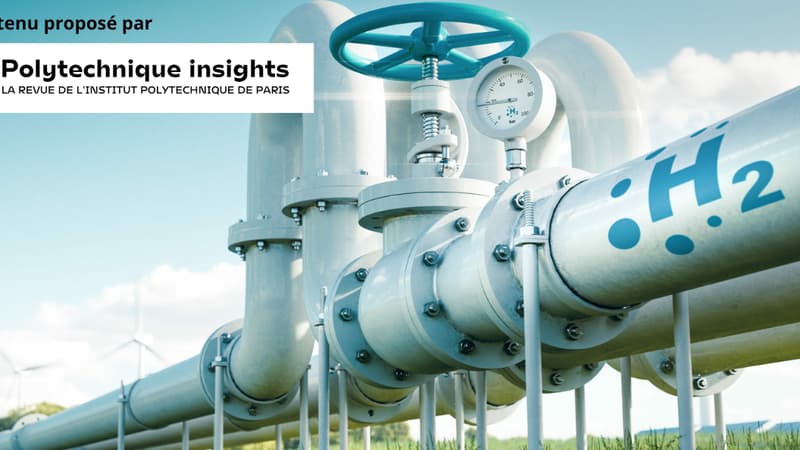Although hydrogen is the most abundant chemical element in the universe, it is rarely present in its pure state. To produce it, it must be isolated from the other elements with which it is associated. On Earth, it enters in particular in the composition of water, but to date, hydrogen is made from more than 95% fossil fuels such as oil, natural gas and coal. This is called gray hydrogen, a polluting process in terms of greenhouse gas emissions. Paradoxically, the electrolysis of water only represents 5% of world production. The process is electricity intensive and only qualifies as green if the electricity used is from a renewable source, such as wind or solar.
Green, gray, blue or pink, there is no shortage of colors to qualify the production of hydrogen. The most promising is hydrogen turquoise. It is formed from methane that feeds a high-temperature, oxygen-free reactor. The gas is then broken down into hydrogen on one side and solid carbon black on the other. This pyrolysis process does not generate CO2, but it does consume a lot of electricity. When the methane comes from biogas produced from anaerobic digestion, a process that captures CO2 from the air, then turquoise hydrogen has a negative carbon footprint.
in matters of decarbonization of heavy vehicles, there are still many obstacles to going electric, such as the size and weight of the batteries, or the charging time. Hydrogen represents a serious alternative to significantly reduce greenhouse gas emissions from a diesel bus or truck, for example. Trains could also benefit from this technology on lines where traffic is too low to justify electrification. For air, research is already underway, because this alternative to oil is seen as promising. Finally, on the maritime transport side, hydrogen is difficult to use over long distances, but it is more suitable for river transport where the volumes to be transported and the distances are smaller.
The possibility of burn hydrogen in heat engines it has several advantages. First, this process only requires adjustments, such as the use of metals capable of withstanding high temperatures. The production line would stay that way for a reasonable investment. A low-cost solution to decarbonize heavy transport, for example, since electric power has taken too much prominence in automobile production, without abandoning the experience of the internal combustion engine.
If exploration of the Moon and Mars is experiencing a resurgence of interest globally, the energy required for such voyages is prompting industrial players to consider off-Earth refueling points. The possibility of produce hydrogen by electrolysis directly on the Moon could further deep space exploration programs. The entire value chain must be replicated in the placebut the necessary technologies have already been developed or are being developed.
This content is not provided by the BFM Business editorial team, but by our partner Polytechnique Insights – La revue de l’Institut Polytechnique de Paris.
Source: BFM TV


